The forthcoming Works on Paper sale at Adam’s on St Stephen’s Green, Dublin 2 on March 12th will offer a selection of affordable lithographs, maps, etchings, sketches and drawings.
But it is the collection of old leather-bound books with all their dusty secrets that are remarkable. The lots come from the collections of antiquarians Hugh and Anne Iremonger and Professor Eoin O 'Brien.
A cardiologist and professor at the Conway Institute, University College Dublin, O’Brien has published in excess of 900 scientific works on blood pressure, and is recognised as a world authority on the illness.
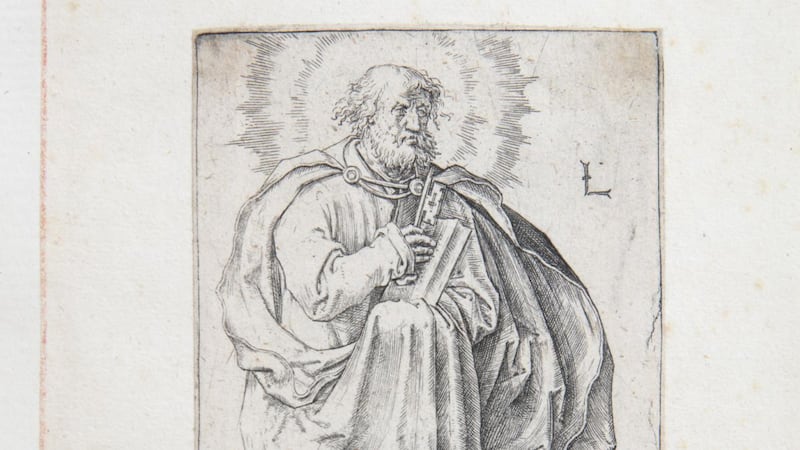
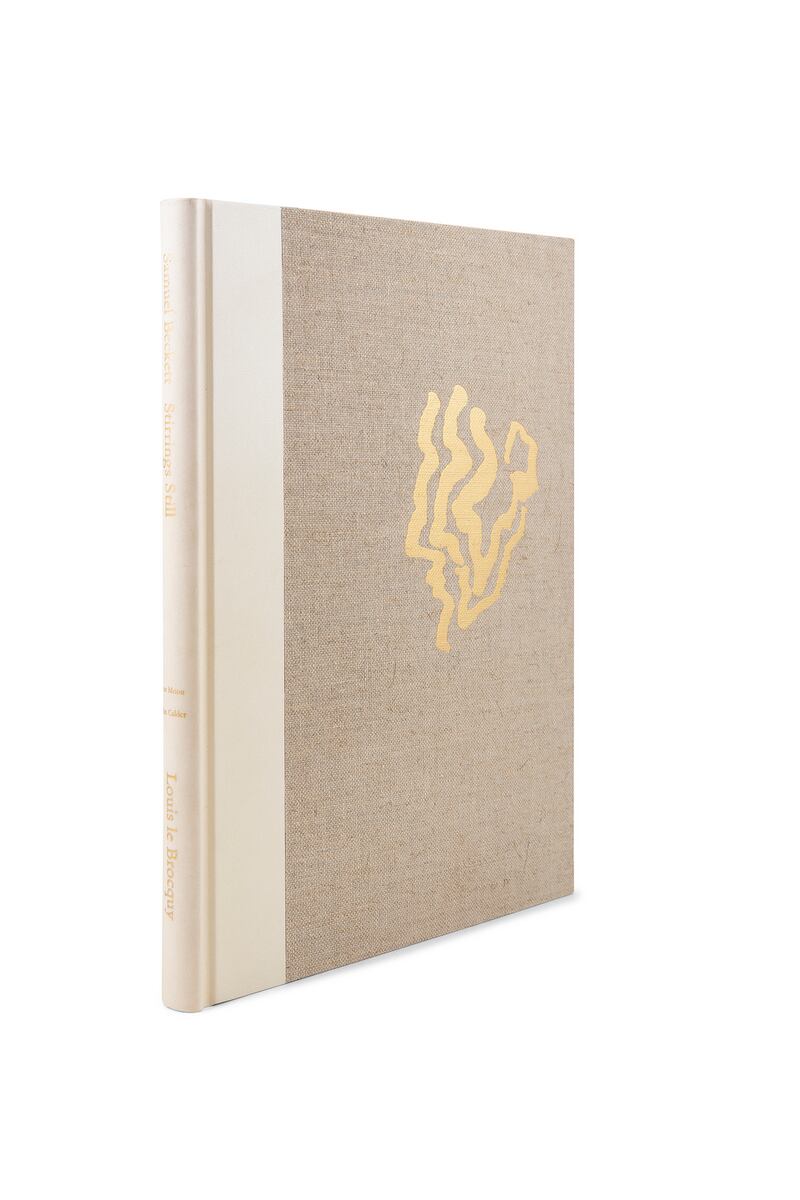
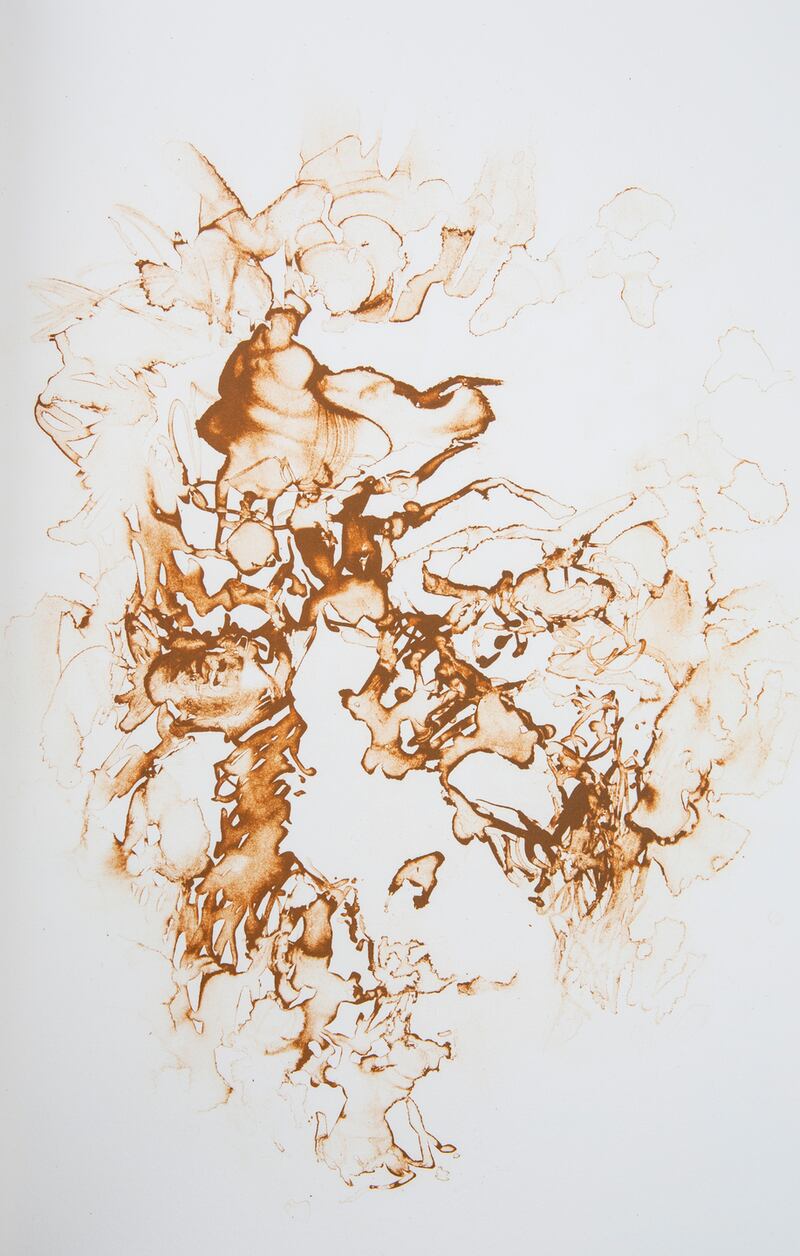
After the recent sale of his home in Monkstown, Co Dublin, he is downsizing his considerable library of books on Irish literature, to include works by James Joyce, Oscar Wilde and a significant collection by Samuel Beckett. His collection also includes special limited edition and signed volumes on medicine, medical history, Irish biography and history.
The leading lot is a book of copper engravings by Lucas Van Leyden (1494-1533) of Jesus and the Twelve Apostles, from the collection of artist Agostino Caironi – which are bound and stamped 1871. Fewer than 28 drawings of Van Leyden's exist, and a recent sale at Christie's in London saw the hammer price exceed £11m. (Lot 14: €3,000–€5,000).
Another highlight is The First News from Tibet and China, Jesuit Missions 1624-1626. This tiny little Italian book, dating from 1628, is the first account of priest and explorer Father Antonio de Andrade crossing the Mana Pass though the Himalayas into Tibet.
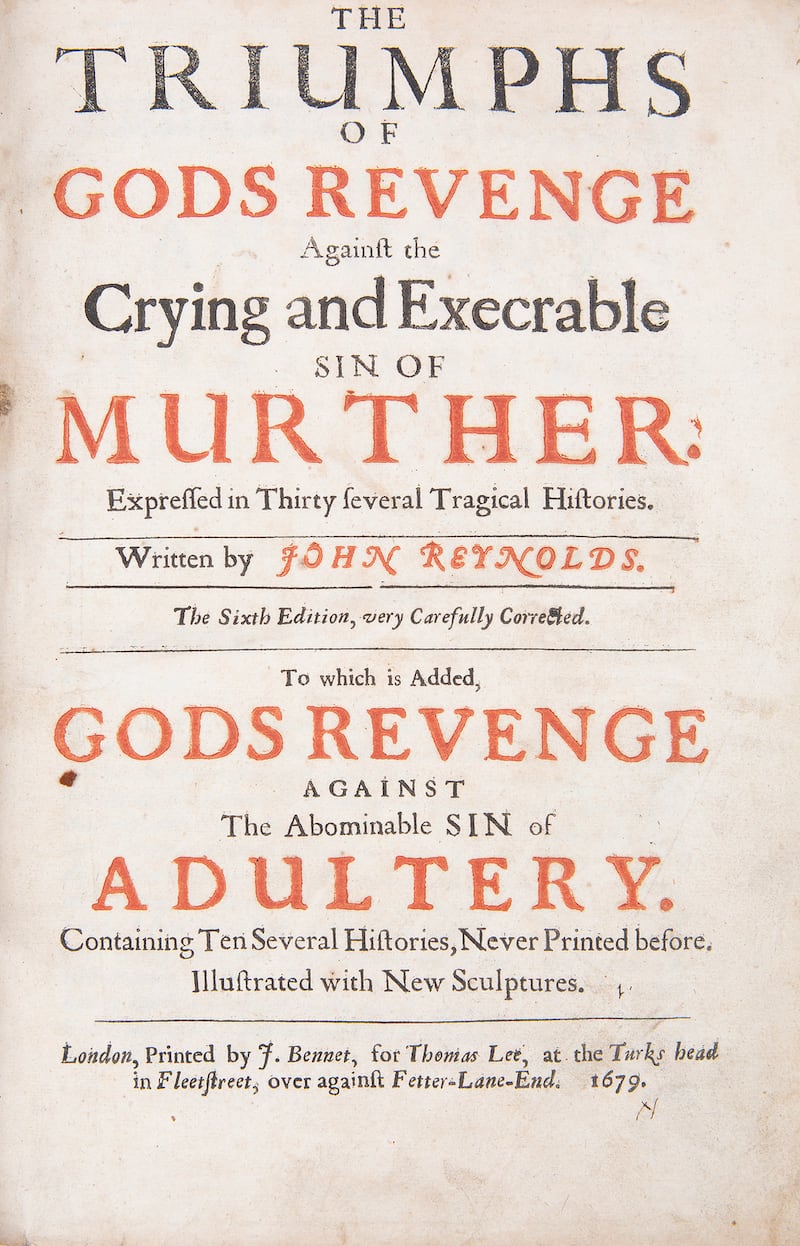

He and his accomplice were the first Europeans to cross from the Indian side – which is higher than any mountain in Europe – and just short of Kilimanjaro, with 40 percent less oxygen than at sea level. There is a partial handwritten translation in English. (Lot 246: €2,000–€3,000).
Keeping with the travel theme is A Journal of the Disasters in Afghanistan 1841-1842. Written the same year that Gertrude Bell, the prominent explorer and political advisor on the Middle East, was born, this account by Lady Florentina Sale was taken from diaries she kept while being held captive during the Anglo-Afghan war. Known as the 'Grenadier in Petticoats', the mother of ten negotiated her release from prison in Kabul, after almost a year in captivity. (Lot 194: €200–€300).
An interesting lot, dating from 1856, is a tome of coloured lithographic plates titled Surgical Anatomy, from the Royal College of Surgeons in London. These plates date from an era when grave robbing and body snatching was rife in the United Kingdom, when cadavers of the poor were sold to doctors in an attempt to understand the human body, although the medical fraternity gave body snatchers the more dignified term of resurrectionists.
Notorious trials
In 1832, an act was passed in the United Kingdom allowing unclaimed bodies from workhouses to be used within 48 hours, for the purposes of dissection.
One of the most notorious trials in the United Kingdom at the time, was that of the Burke and Hare murders – two Irishmen who murdered 16 people, selling the bodies on for scientific discovery. The term ‘burking’ – a type of asphyxiation is attributed to Burke – who was sentenced to death, with the judge declaring that he should be ‘publicly dissected in remembrance of your atrocious crimes’. He was, and his skeleton hangs in the Anatomical Museum in Edinburgh, and his death mask with noose marks, is on display at the Surgeons Hall Museum.
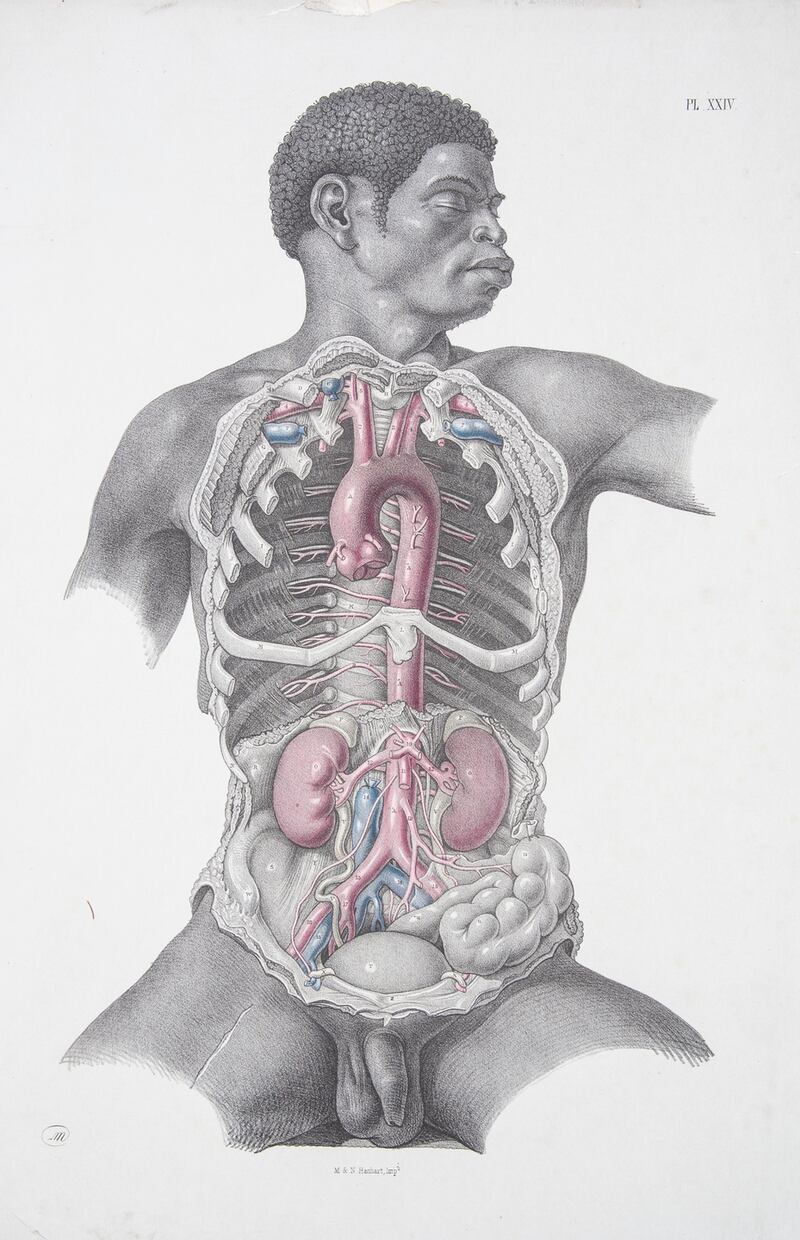
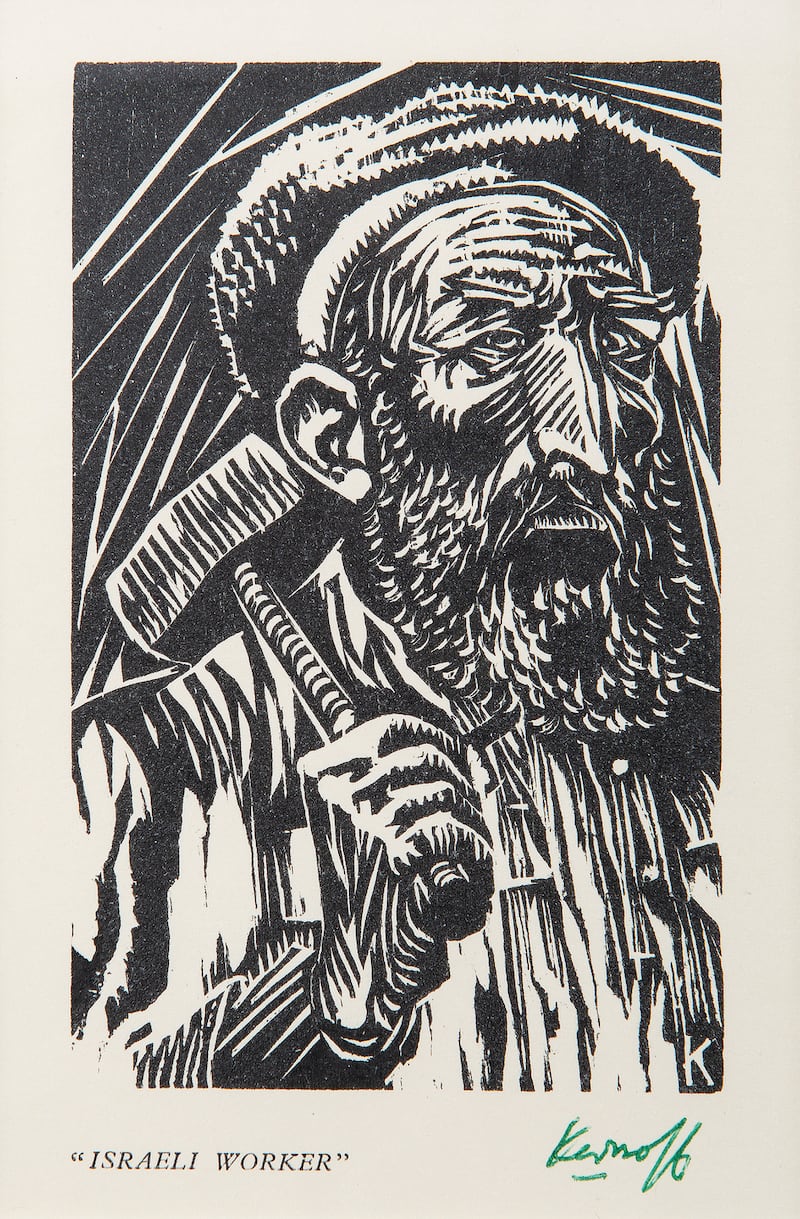
What is unusual, if not uncanny and slightly unnerving about the illustrations, is the cadavers were given full facial features, right down to minute details of their hair and jawbones – in a way that an artist would capture a life drawing. Also disturbing are the ropes, depicting bound wrists and legs of the cadavers – a reminder that slave owners could legally sell bodies of their vassals. (Lot 325: €50–€100).
Lot 206 is The Triumph of Gods Revenge for Murther and Adultery, written in old English from 1697. The book, through illustrations, charts many tales of murder and infidelity from all over Europe. In tales of adultery, the miscreant always dies in the end – perhaps a hidden message in morality borne in the inscription “To Alfred from Charles, Christmas 1911.” (€50–€100).
A number of lots by Samuel Beckett come from Professor Eoin O’Brien, who built a notable library on the writer for his work – The Beckett Country: Samuel Beckett’s Ireland, of which Beckett remarked “my gratitude for this kindly light on other days”.
Professor O’Brien and the Nobel laureate became friends after meeting in Paris: “His interest in art began with Yeats, I think had he not been a writer, he would have loved to have been a painter.”
Lot 58, a first edition of Stirrings Still, and illustrated by Louis le Brocquy is signed by both the artist and author. (€1,200–€1,600).
Of interest is Whoroscope – Beckett's first published poem, "which was rather obscure and caused a bit of concern at the time" according to Professor O'Brien. This scarce book from 1930, and only one of 100 signed, is dedicated to the American poet Walter Lowenfels. (Lot 54: €2,000–€3,000).
In testament to the friendship between the scribe and professor, As the Story was Told, bears the inscription "For Eoin with gratitude and affection from Sam. (Lot 74: €600–€800). See Adams.com












